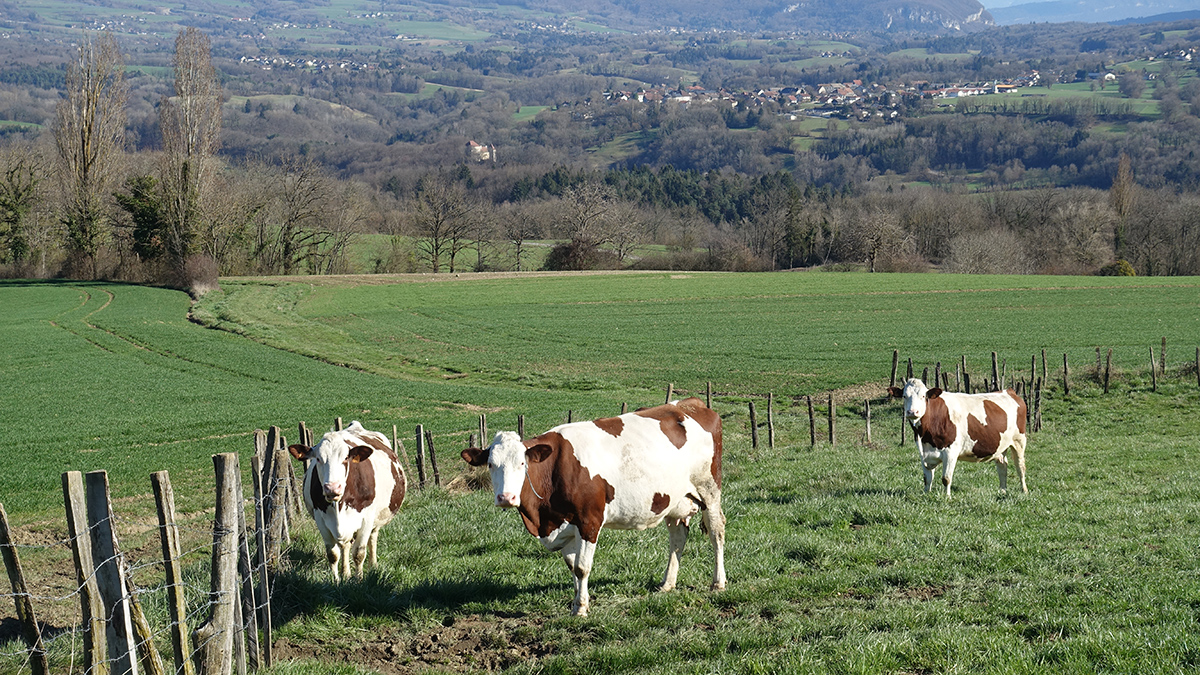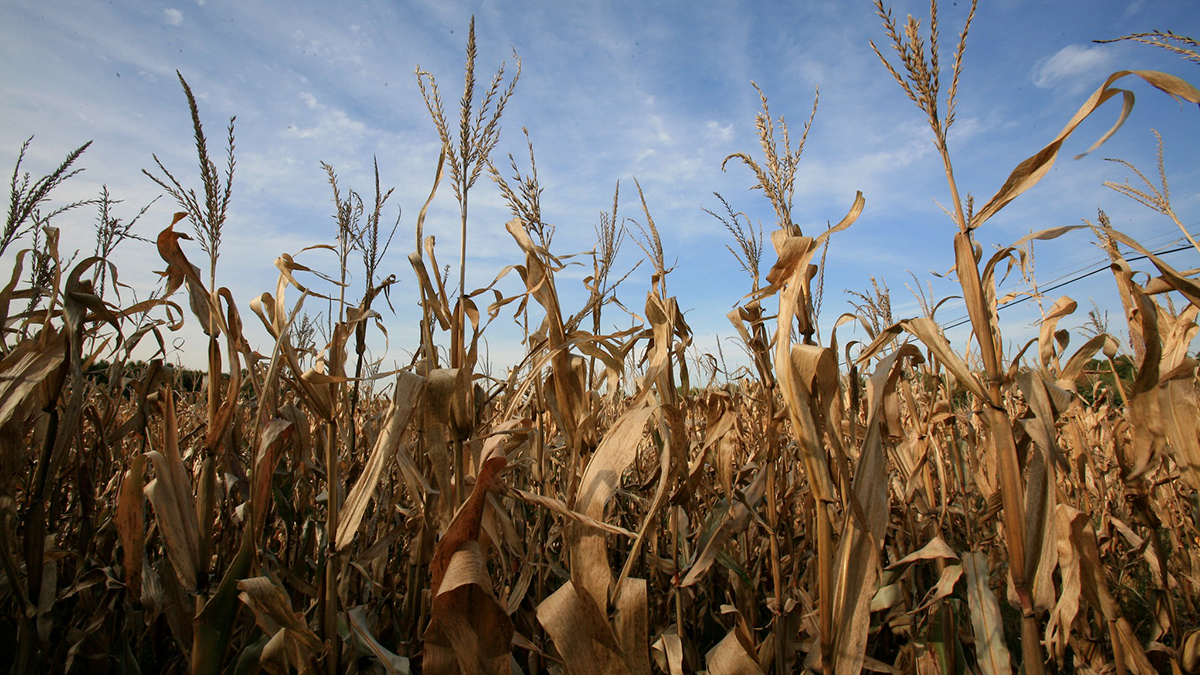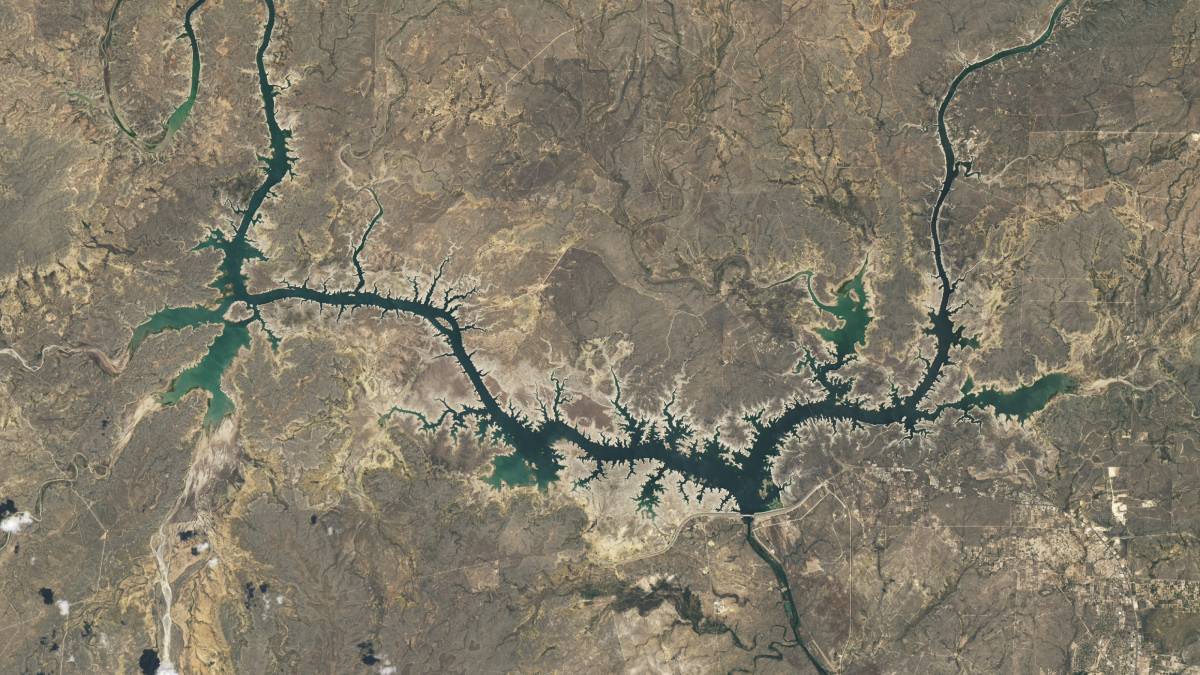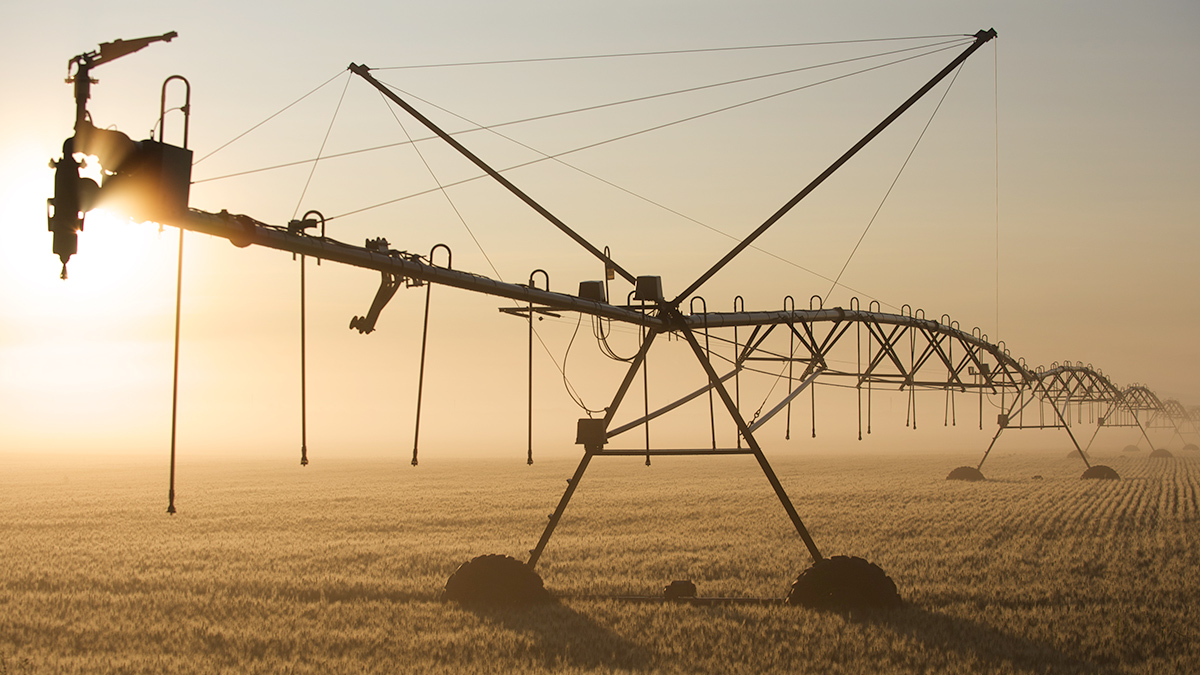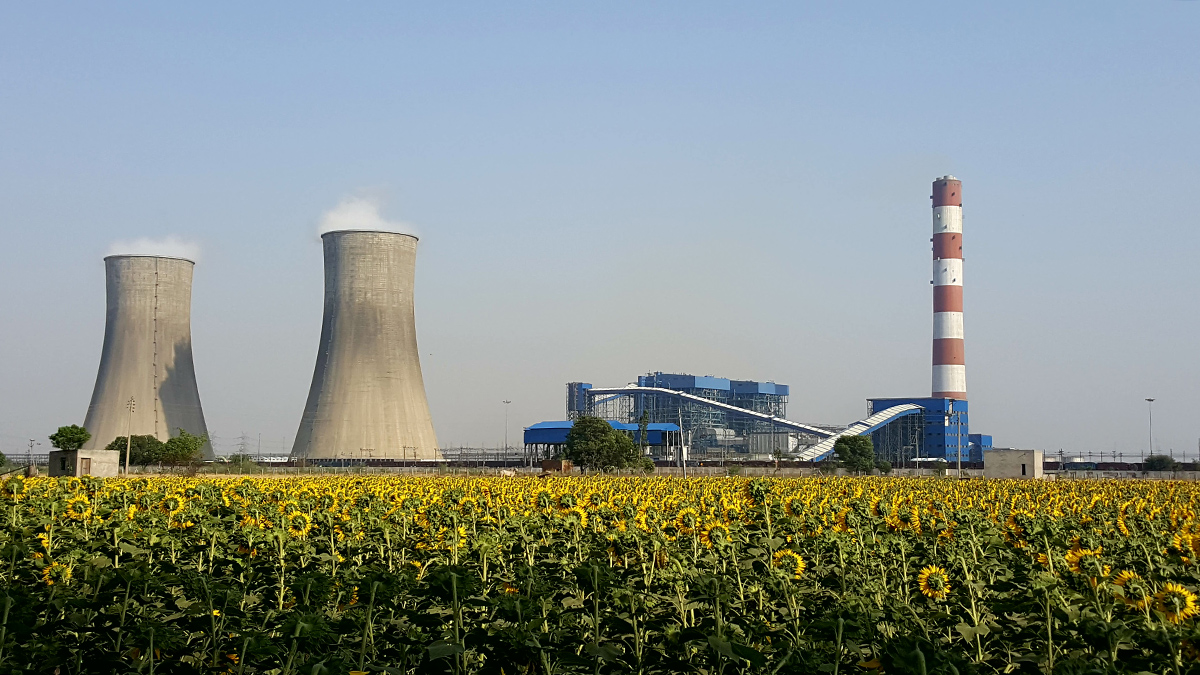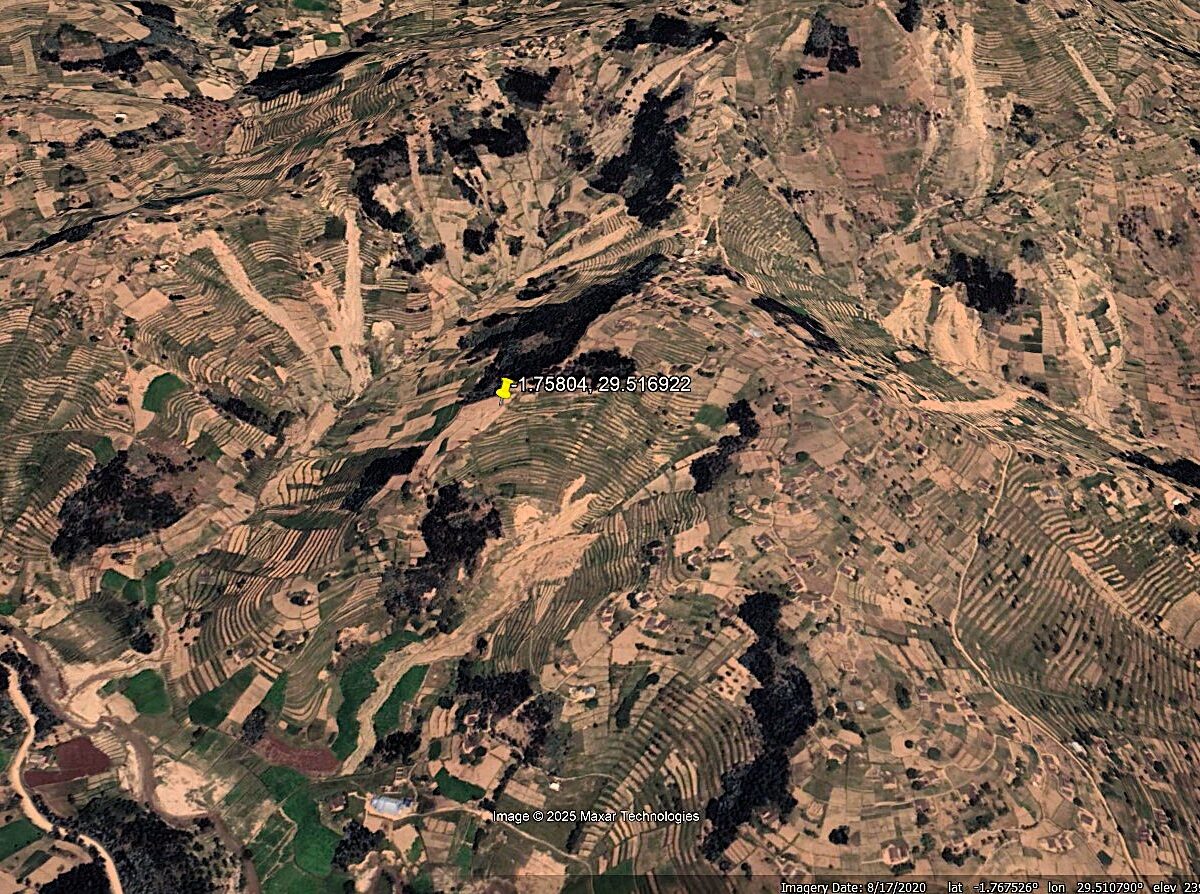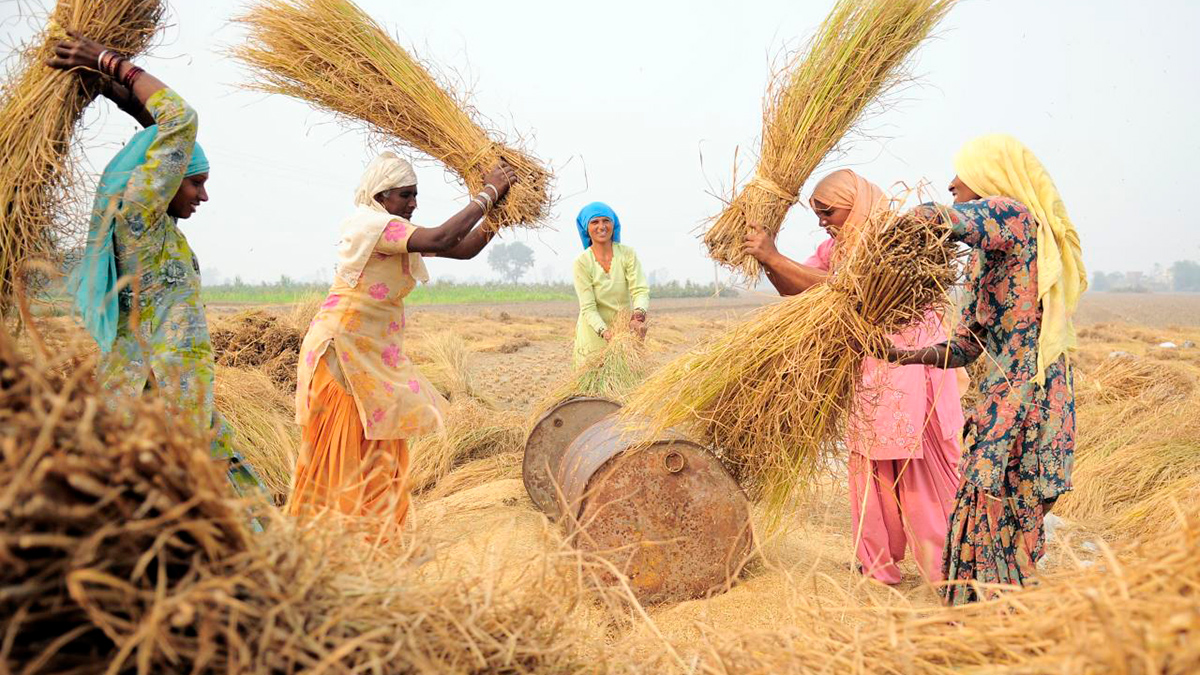Grasslands and cows’ diets are shifting as the climate warms, but an agricultural experiment in France reveals the importance of providing cows with pasture.
agriculture
Can Desalination Quench Agriculture’s Thirst?
Miles away from the ocean, projects are afoot to clean up salty groundwater and use it to grow crops. Some say it’s a costly pipe dream, others say it’s part of the future.
Decoding Crop Evapotranspiration
The intricate factors influencing cropland evapotranspiration is uncovered in a new article, from stressors to diverse management practices, and reveals critical insights into changing climates.
Mexico Will Give U.S. More Water to Avert More Tariffs
Mexican and U.S. officials announced that Mexico will immediately transfer some of its water reserves to the United States and also allow a larger share of the Rio Grande River to flow into the United States.
“Thirstwaves” Are Growing More Common Across the United States
Like heat waves, these periods of high atmospheric demand for water can damage crops and ecosystems and increase pressure on water resources. New research shows they’re becoming more severe.
Emissions from Coal-Fired Power Plants May Lower Crop Yields in India
Nitrogen dioxide may reduce wheat and rice crops by more than 10%, according to a new study.
Asian Megadeltas: Tackling Coastal Flooding Challenges
Integrating scientific insights into current actions is crucial for steering future research directions and underpinning informed management of coastal flooding in Asian deltas.
The role of agricultural terraces in enabling or preventing landslides
The Landslide Blog is written by Dave Petley, who is widely recognized as a world leader in the study and management of landslides. In many steeply-sloping areas of the world, agricultural terraces are used to enable farming. Terraces change the shape of the slope, but also alter the distribution of the soil and they greatly […]
¿Cómo podrían las estrategias de intervención climática solar afectar a la agricultura?
Los métodos de geoingeniería, como la inyección de aerosoles estratosféricos, prometen limitar el calentamiento, pero entre los muchos riesgos y preocupaciones potenciales, sus repercusiones en la agricultura permanecen en gran medida inexploradas.
Rice Paddies, Like Cows, Spew Methane. A New Variety Makes Them a Lot Less Gassy.
Rice plants are a big source of methane, an extremely potent greenhouse gas. Scientists just developed a strain that cuts those emissions by 70 percent.

